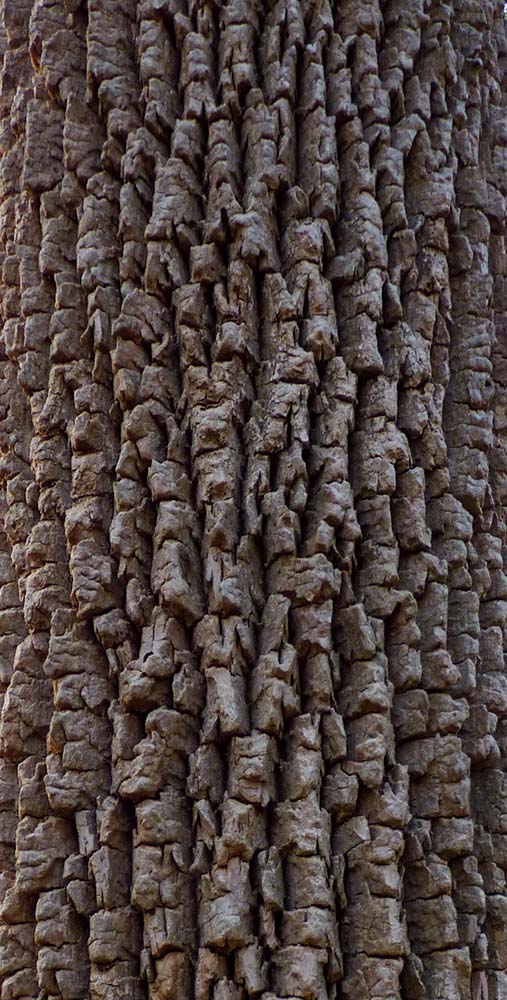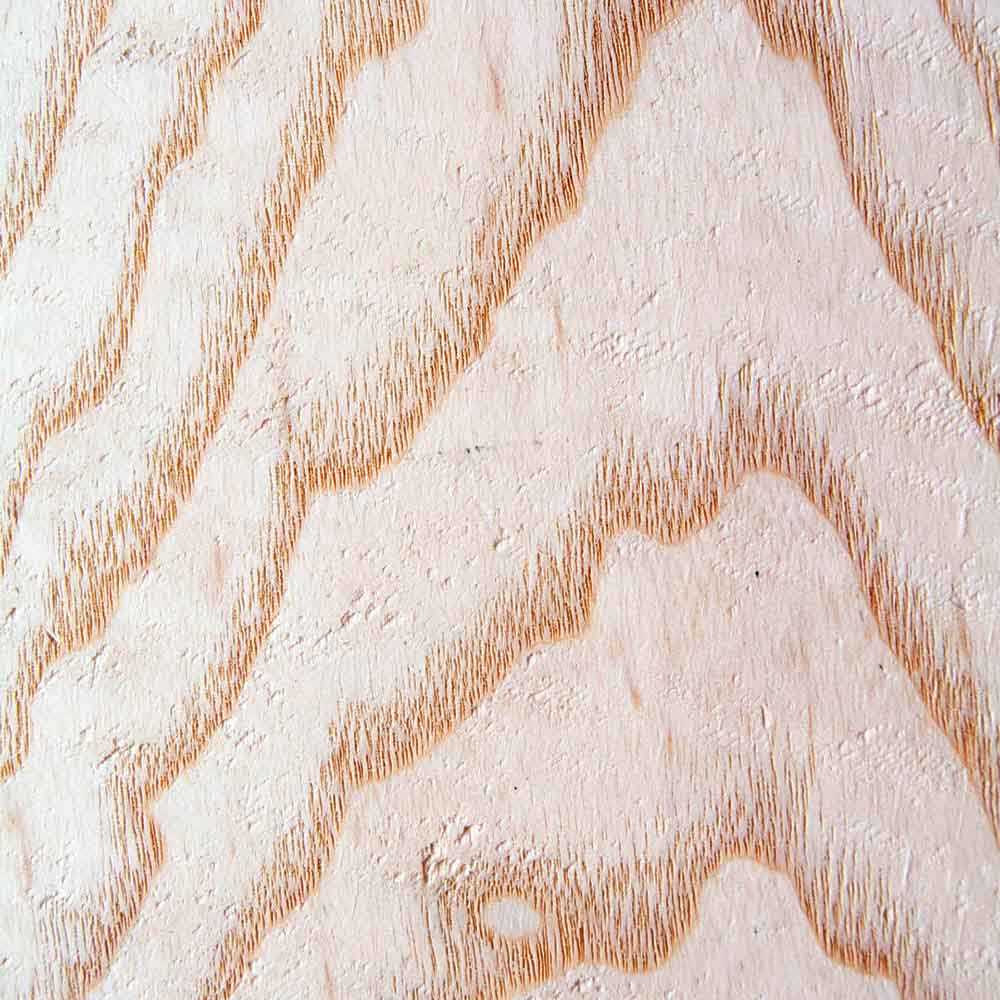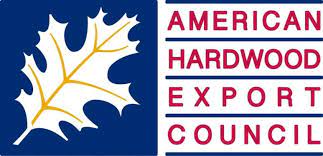You may have noticed Ash prices creeping up if you’re a manufacturer working with hardwood in the United States and beyond. Although we wish this was because of market demand and trends, the real reason is bleak — Ash tree populations are in steep decline.
Consider a more sustainable Ash wood replacement to keep your business supplied with the right materials in the face of this shortage. Read on to learn more about what’s happening to Ash trees and which species will be the most effective alternatives for manufacturers.
Is Ash wood disappearing?
Unfortunately, North American Ash tree populations are dwindling. We’ll go into greater detail below about why you might have noticed an Ash wood shortage. Right now, five species of Ash trees are critically endangered, with more species at risk.

Emerald Ash Borer Impacts
There’s a small beetle on the scene causing huge problems for Ash trees called the Emerald Ash Borer (EAB). These invasive beetles are native to Asia, and it’s thought they were brought over in packaging and manufactured goods. In North America, the EAB has killed hundreds of millions of Ash trees.
Since their initial discovery in 2002, the EAB has spread throughout North America, driving Ash tree extinction. The EAB’s life cycle centers around the Ash tree, although the larval stage is most harmful to native Ash populations in North America:
- A mature EAB lays eggs in Ash tree bark.
- About three weeks later, the eggs hatch.
- The larvae eat their way into the Ash tree, creating distinct swirling patterns called galleries in the wood just beneath the bark.
- After one to two years of eating beneath the bark, the larvae enter the sapwood to create a pupal chamber.
- The larvae turn into pupae and remain in the chamber throughout winter.
- In the spring, the pupae transform into mature EABs, exiting the tree and leaving a “D” shaped hole in the bark.
- The mature EAB eat Ash leaves, mate, and begin the cycle again.
Although mature Emerald Ash Borers eat Ash leaves, the real damage happens during the larval stage. Each mature female lays hundreds of eggs, so the sheer number of larvae devastates the tree bark. This damage leaves the tree vulnerable to disease and the natural elements, eventually killing the tree.

How To Help Ash Populations Recover
Some things need to change to slow the decline of Ash tree populations. Looking for products made with other selectively harvested trees is one way manufacturers and consumers can do their part.
Other recommended actions include:
- Never transport firewood or untreated Ash more than 50 miles from where it was purchased
- Hire a professional to safely remove infected trees
- Report any suspected infestations to the USDA
Ash Alternatives
Ash lumber and goods have become very expensive and risky to manufacture because of this ongoing shortage. This is leading lumber buyers and manufacturers of wooden goods to see suitable Ash wood alternatives, such as Red Oak and Hard Maple.
| Characteristic | Ash Lumber | Red Oak Lumber | Hard Maple Lumber |
| Color | Light, cool-toned | Light, warm-toned | Light, neutral-toned |
| Wood grain | Straight | Straight | Straight to slightly wavy |
| Janka Hardness Rating | 1320 | 1290 | 1450 |
Ash Substitute for Construction: Red Oak Lumber
If you’re looking for an Ash wood replacement for construction, cabinetry, or other woodworking endeavors, then Red Oak is a solid choice. It works well as an Ash replacement for stained or thermally-modified projects because its distinct and definitive grain gives it a very similar look to Ash lumber.
Red Oak has a Janka Hardness rating of 1290, which means it’s that sweet spot that makes it workable enough for beautiful projects and dense enough to hold up with use.
Wondering where to buy Red Oak lumber? Gutchess Lumber Co., Inc. has you covered with our reliable Northern Red Oak lumber, always sourced responsibly, always top quality.
Ash Substitute for Flooring: Hard Maple Lumber
Hard Maple is a fantastic alternative to Ash for hardwood flooring. It has a 1450 Janka Hardness rating, so it will hold up even better than Ash or another alternative like Red Oak to dents or scratches. It’s suitable for projects where you need lumber that looks like Ash before staining because Hard Maple and Ash have very similar coloring.
Source your Hard Maple lumber from providers with responsible forest management practices to support ethical forestry as you find the perfect Ash lumber replacement. Gutchess’s Hard Maple lumber is a fantastic replacement for Ash because our forests have slower growth seasons. Because of this, our Hard Maple trees have tighter growth rings, which translates to higher quality and better coloring than other Ash tree replacements.

Support Native Forests and Source Ash Alternatives With Gutchess
It’s hard to see bare and dead trees where sprawling Ash populations used to thrive. Choose Ash alternatives or work with sustainably managed Ash suppliers in manufacturing to support these trees in crisis.
Gutchess Lumber works closely with forestry experts to support healthy tree populations and spread knowledge about how we use their expertise to play a positive role in the carbon cycle. Find a Gutchess Sales Rep for expert guidance on which Ash replacement would be best for your manufacturing business.
FAQ
Can dead Ash trees be used for lumber?
Yes, dead Ash trees can be used for lumber but it must be done carefully to ensure it doesn’t spread the Emerald Ash Borer. The lumber must be properly heat-treated to kill eggs and larvae that could be in the bark.
However, if the tree was harvested from a quarantine area, it shouldn’t be transported, even if properly treated.
Why is Ash wood so expensive?
Ash wood is getting more expensive because the population has steeply declined since 2002 when the Emerald Ash Borer was brought to North America.
Why are Ash trees being removed?
If you notice local Ash trees being removed, they’re probably infected with the Emerald Ash Borer. This invasive beetle has rendered several Ash species critically endangered in North America.

